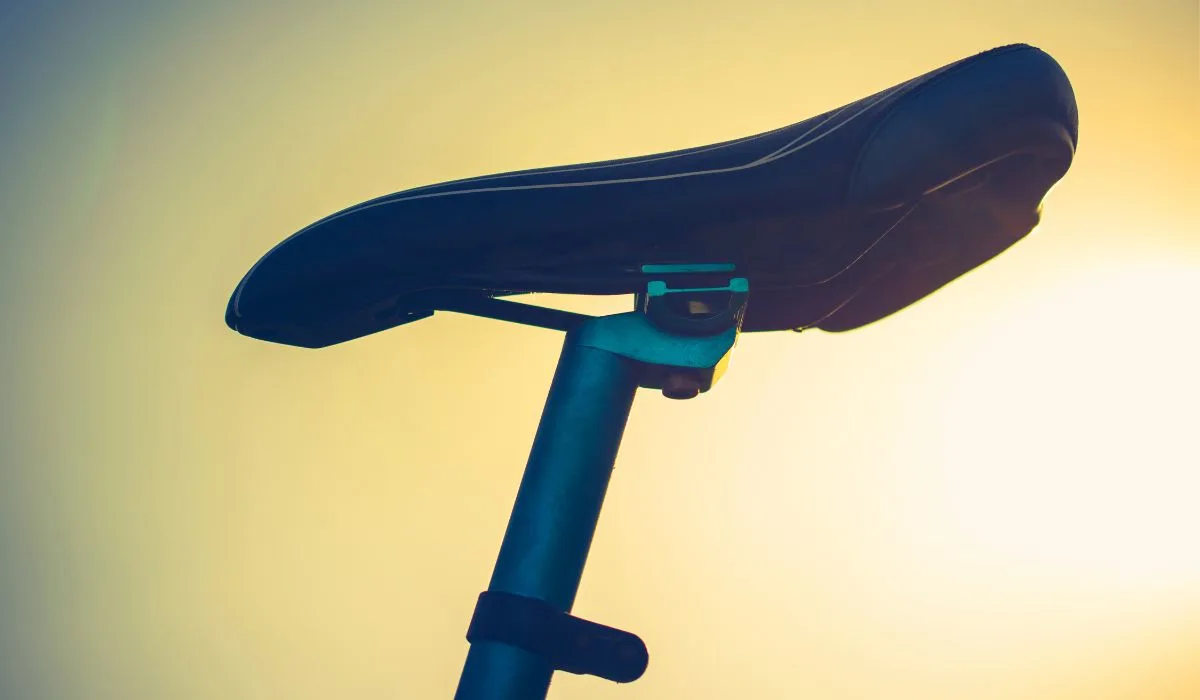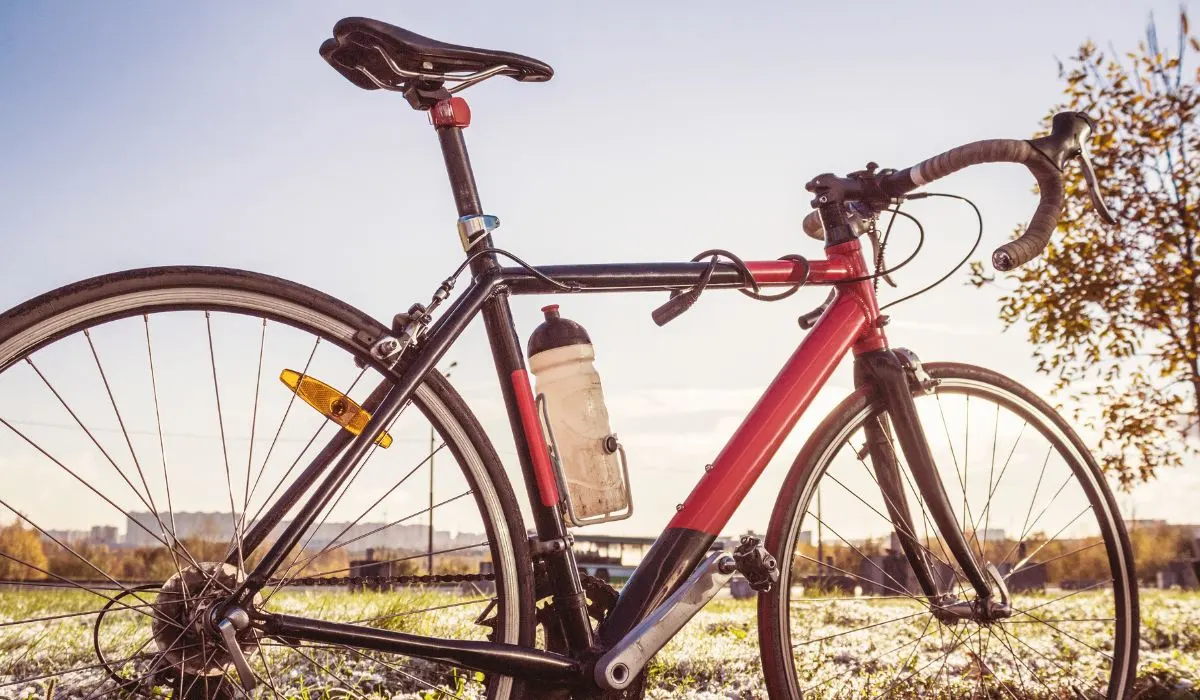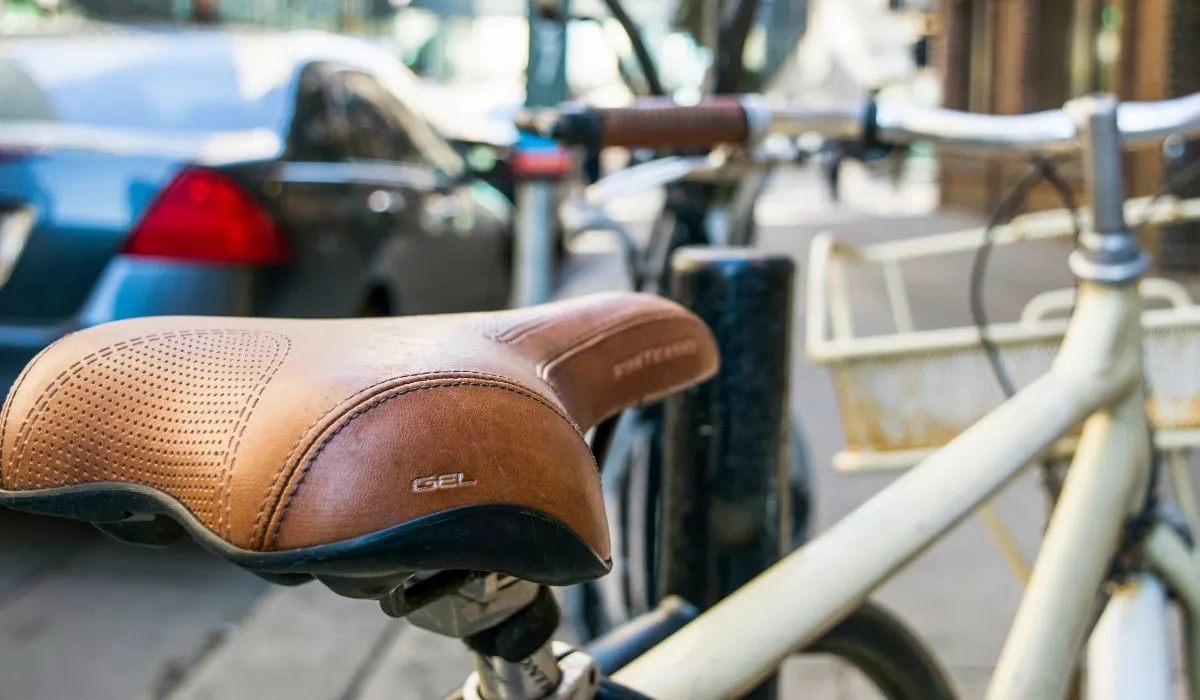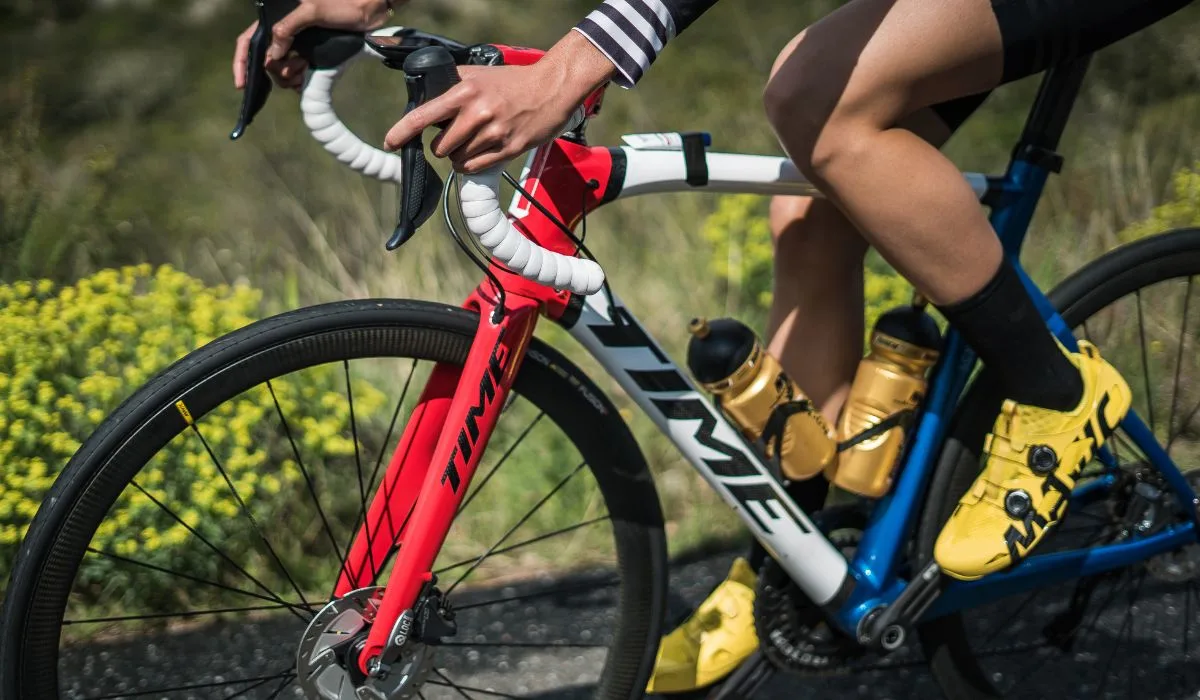
As a child, riding your bike after school and on the weekends was one of life’s greatest pleasures. The wind through your hair, the freedom, and unlimited fun are fundamental reasons cycling is so popular in America. However, most of us have not ridden a bike since, leading to some riders being surprised at how small, think, hard, and high modern road bike seats are.
Bike engineers intentionally design uncomfortable seats as it forces riders to put most of their weight on their sitting bones. In addition, the bike’s seat will flatten your riding position, enhance pedaling efficiency, reduce chafing, and improve rider control.
Despite their known discomfort, for many vital reasons modern road bikes come standard with seats that are:
- small
- thin
- hard
- high
While road bike seats are uncomfortable for most new riders, you can adjust or replace them before it causes you any significant long-term pain. This article will thoroughly discuss the numerous benefits of modern road bike seats.
Why Are Road Bike Seats So Uncomfortable?
Many cyclists, especially inexperienced ones, cannot fathom why modern road bike seats are so uncomfortable.
Despite their known benefits, new and part-time cyclists cannot understand why modern road bike seats are so small, thin, hard, and high when their old bicycles have more comfortable seats with ample cushioning.
However, modern road bikes come standard with these seats as they will benefit the rider in numerous ways despite the initial discomfort.
Modern road bikes are all engineering marvels as bicycle technology has progressed to the point where there is no longer much room for further improvements. Aesthetically, road bikes are stunning in their aerodynamic properties, and any other form of bike cannot match their proportional features.
It is known that road bikes are designed for:
- speed
- rigidity
- long-distance riding
They do not have shock absorbers or any other gimmicks, with every piece of metal on the bike being placed with performance and speed. While bike engineers have attempted to make a more comfortable seat over the years, the downsides far outweigh the temporary discomfort.

Why Are Road Bike Seats So Small And Thin?
Modern road bike seats are all small, thin, hard, and high, with the average male seat just over 4.8 inches wide while the average size of a women’s seat is slightly bigger than 5.1 inches.
While these tiny bike seats are not comfortable when you first sit on them, the long-term benefits of riding with slight discomfort are significant.
NOTE: Bike industry experts note that new cyclists often assume their bicycle’s saddle will automatically be comfortable, especially considering their exorbitant purchase prices.
However, when you cycle a road bike, your body will gradually start leaning forward, which is different from sitting upright in a comfortable chair, as most of us are accustomed to.
At the beginning of long or social rides, most cyclists sit upright on their road bikes as they warm up their legs while chatting with their friends. As riding intensity increases, it is natural to lean your body and weight forward as it substantially enhances each pedal stroke’s efficiency.
Road bike seats are engineered to be thin, hard, and high, for long-distance sessions to increase:
- rider performance
- comfort
- durability
Unlike sitting on your comfortable couch in front of the television, when you cycle, usually the entire body’s weight is directly on your two sitting bones. Initially, sitting on these two bones is uncomfortable. However, it enhances your riding position and prevents other long-term cycling-induced discomforts such as:
- chafing and
- lack of blood circulation
While a thin road bike seat may cause mild discomfort when riding, it is specifically designed to effectively distribute your body weight when riding. Thin bicycle seats force the bike’s pedals to take most of your weight when riding, with the seat being responsible for holding the rest of your weight.
Thin road bike seats encourage riders to change their body position when riding, so that excess weight is removed from the glute area. This means that a small amount of initial discomfort is essential to prevent extreme pain from occurring later on during a long-distance ride.
Essentially, thin seats force riders to cycle with an aggressive style, increasing power output, and pedaling efficiency.

Another benefit of thin seats is that they reduce inner-leg and glute chafing while riding. Furthermore, since the most weight will be placed on the seat instead of the petals, on long rides wider saddles can cause:
- saddle sores
- bone damage
- nerve damage
Moreover, sharply turning a road bike with a thick saddle between your legs is not recommended. A thin seat will enhance your lateral turning capabilities, which is especially important at high-speed corners and higher speeds.
FACT: You can maintain optimal blood flow and energy to your legs and glute area by not placing too much weight directly on your bike seat.
The only disadvantage of a thin bike seat is the slight discomfort you will feel when first buying the bike and climbing on it at the start of your ride. Once you are riding, the benefits of thin bike seats become clear, outweighing any known drawbacks.
Why Are Road Bike Seats So Hard And High?
While many people have ridden a bicycle before, riding a new road bike is often a surprising experience due to the seat’s perceived hardness.
While road bikes are exclusively engineered with performance in mind, bikes that are designed for entertainment and short trips have more comfortable seats that aren’t as hard as road bikes, such as:
- children’s bikes
- leisure bikes
- gravel bikes
Hard saddles, mostly found on new road bikes, may cause discomfort although it prevents avoidable injury from occurring during enormously grueling endurance rides.
NOTE: People incorrectly assume that road bike seats are designed for maximum rider comfort, while they are specifically engineered for performance and injury prevention over a long time.
Industry experts note that stiff or hard seats assist riders with their general positioning while significantly increasing the power and efficiency generated when vigorously rotating the pedals.
In addition, the initial discomfort when climbing onto a new road bike seat should be ignored as its hardness will evenly and automatically distribute your body’s weight when riding.
Furthermore, hard seats are known to keep the crotch area as cool as possible, allowing for constant airflow at low or high riding speeds. The low crotch area temperature combines heightened pedaling activity and bodily circulation.
Many people forget that soft or thick saddles can be more harmful to the rider in the long term as they are known to cause muscle soreness and undesirable nerve compressions. By sacrificing minimal seat comfort when attempting to scale an impossibly challenging climb, by simply utilizing a hard seat you can improve:
- posture
- body positioning
- back support
If the pain or discomfort you are experiencing when riding is too severe, don’t continue pushing through, as it will likely lead to serious health issues. Before you throw the hard seat away, ask your local bike shop for some soft padding, which will alleviate some of the pain. Then identify a bike seat that is more comfortable during those long endurance rides.
Hard road bike seats will cause discomfort for new riders. While the pain may be troublesome, it should subside if you can push through it for a few rides. Once the pain subsides, the benefits of a hard road bike seat became clear.

While road bike seats may seem exceedingly high off the ground, that is not always the case. Having a seat higher than the position of your handlebars is indeed advantageous to aerodynamic outcomes when riding.
NOTE: Your feet still have to reach the ground when you come to a stop, and the height of road bike saddles is comparable to those found on most other bikes.
Road bikes look like they have a high seating position because their handlebars are lower than leisure, gravel, or children’s bikes. However, if your feet cannot safely reach the ground once you come to a stop, the seat should be immediately lowered.
The firmer and higher the saddle, the more support it can give:
- weight distribution
- riding position
- pedaling power
Like modern road bikes designed with thin seats, hard seats can also:
- increase blood flow
- benefit pedaling efficiency
- improve posture
- decrease the likelihood of permanent nerve damage
Conclusion
Modern road bikes are notorious for being uncomfortable due to their small, thin, hard, and high seats. However, new riders must remember that road bikes are designed for performance and long-distance riding.
Initially, road bikes are uncomfortable, although riders quickly get used to them. Unnecessary injuries can be caused in the long term by purchasing a bike with a seat that is too:
- low
- thick
- big
The small amount of pain from small, thin, hard, and high bike seats are tolerated by most since they force riders to enhance their:
- posture
- body position
- weight distribution
- pedaling efficiency
If you experience slight discomfort when riding your new bike, you’re on the right track, and you’ll soon be overtaking the professionals while on your long-distance weekend ride!
You might also be interested in:
